On this day in history, March 25, 1911, a fire at the Triangle Shirtwaist Factory kills 146

A fire at the Triangle Shirtwaist Factory in New York City killed 146 people on this day in history, March 25, 1911 — and ushered in a host of new workplace safety reforms.
The fire broke out on the 8th floor of the Asch Building, home of the Triangle Waist Company, notes Cornell University's Triangle Fire online exhibit.
The victims ranged in ages from 14 to 43, although most were in their late teens and early 20s.
The oldest victim was 43-year-old Providenza Panno, who was born in Italy and lived in the United States for six years at the time of her death, notes Cornell University.
The two youngest victims, Kate Leone and Rosaria Maltese, were only 14. Leone was born in the United States; Maltese was born in Italy and lived in the United States for four years.
The vast majority of the 146 people killed were women, most of whom were recent immigrants to the United States from Eastern Europe and Italy.
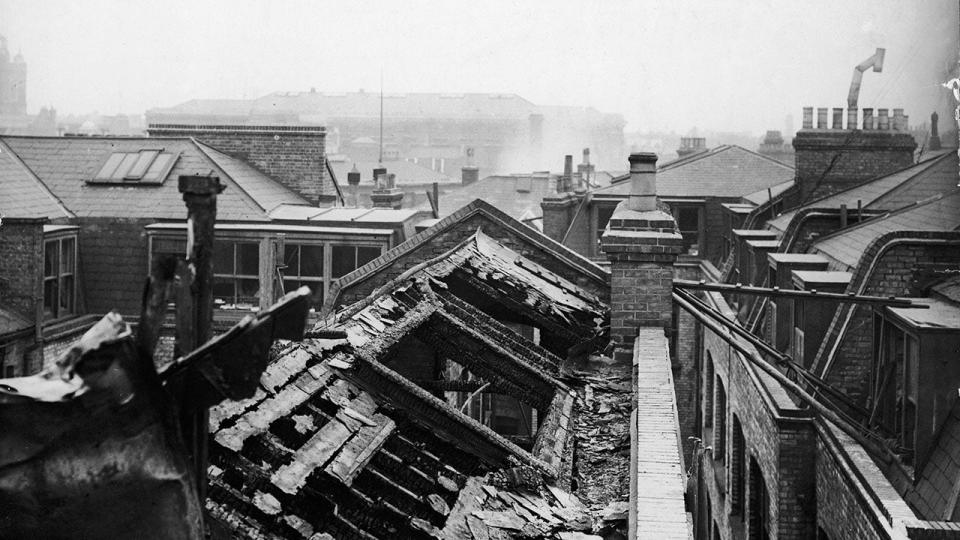
Max Blanck and Isaac Harris, two Russian immigrants who were known as the "shirtwaist kings," owned the Triangle factory.
A "shirtwaist" is a women's garment that was popular in the late 19th and early 20th century, says the Fashion Institute of Design and Marketing (FIDM) website.
"Most frequently worn by young women, the shirtwaist was usually paired with a dark-colored skirt and accessorized with a belt or sash," said FIDM.
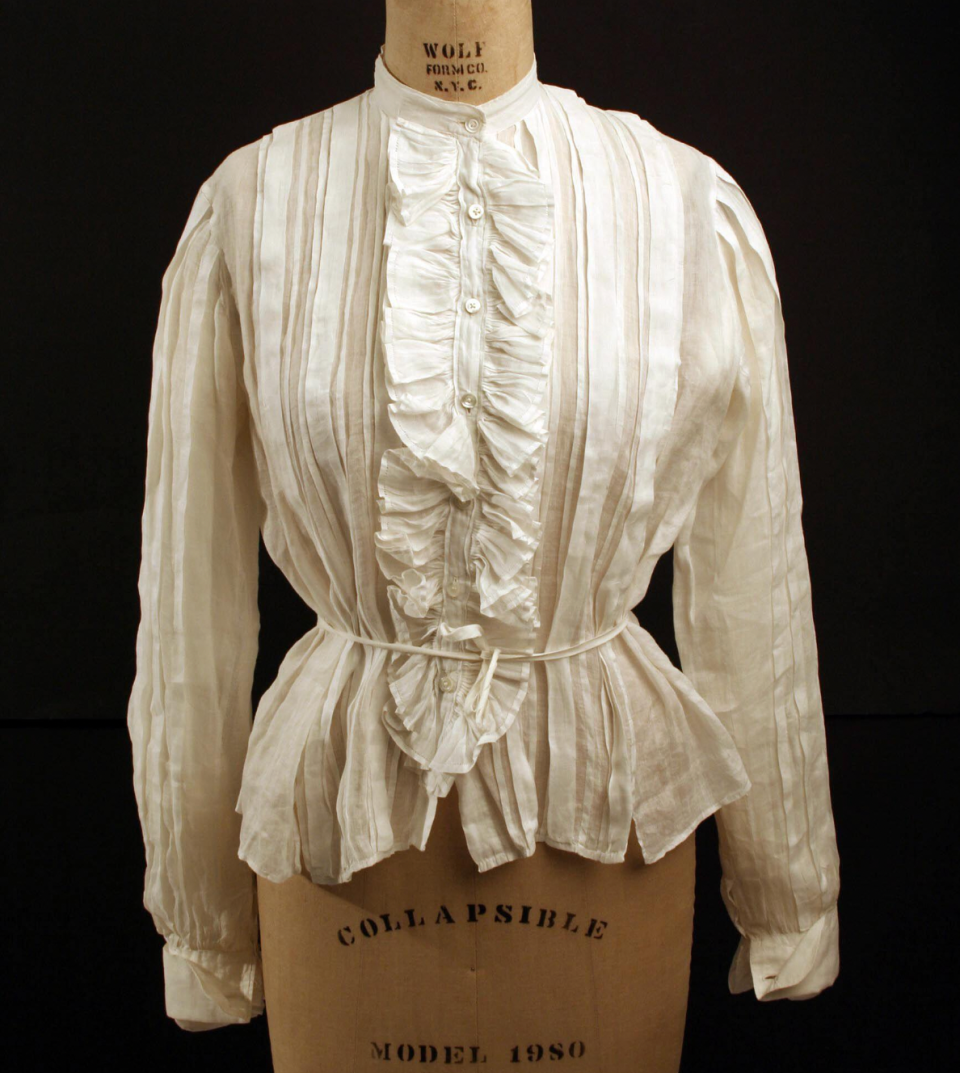
In 1901, Blanck and Harris moved their company into the 8th floor of the newly completed Asch Building in New York City, said the Cornell website.
While Joseph J. Asch, the owner of the building, insisted that the building was fireproof, it did not have the requisite number of staircases for exiting the building.
"Against the objections of the superintendent, the architect asked for and obtained an exception to the rule that required three enclosed staircases for the 10,000 square feet of the building's floor space," said the Cornell website.
"He was allowed to put in place only two staircases, claiming that the fire escape ladder in the rear would serve as third staircase and therefore as a means of egress in case of fire."
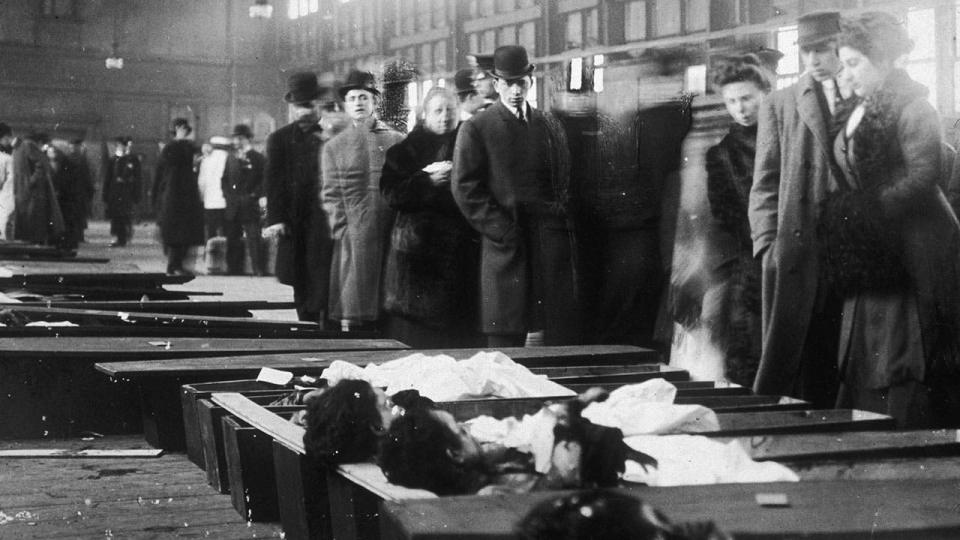
In less than a decade, the Triangle Waist Company would expand to the 9th and 10th floors of the Asch Building, employing hundreds of people, mostly immigrants, in a contractor-type system.
"The factory owners dealt only with sub-contractors, who negotiated the price of goods and employed their own workers on the same premises. Triangle owners did not keep a payroll for these workers, and never knew exactly how many of them were in the building at any one point," noted the Cornell webpage.
Wages for these workers were typically very low — and conditions at the factory were harsh.
Blanck and Harris "were adamantly opposed to unions," and even fired workers they believed to be interested in union organizing.
"They were known for their disregard for fire and safety measures, for submitting workers to the indignity of a bag search before they left for the day, and for the tight discipline imposed during work hours," said the Cornell website.
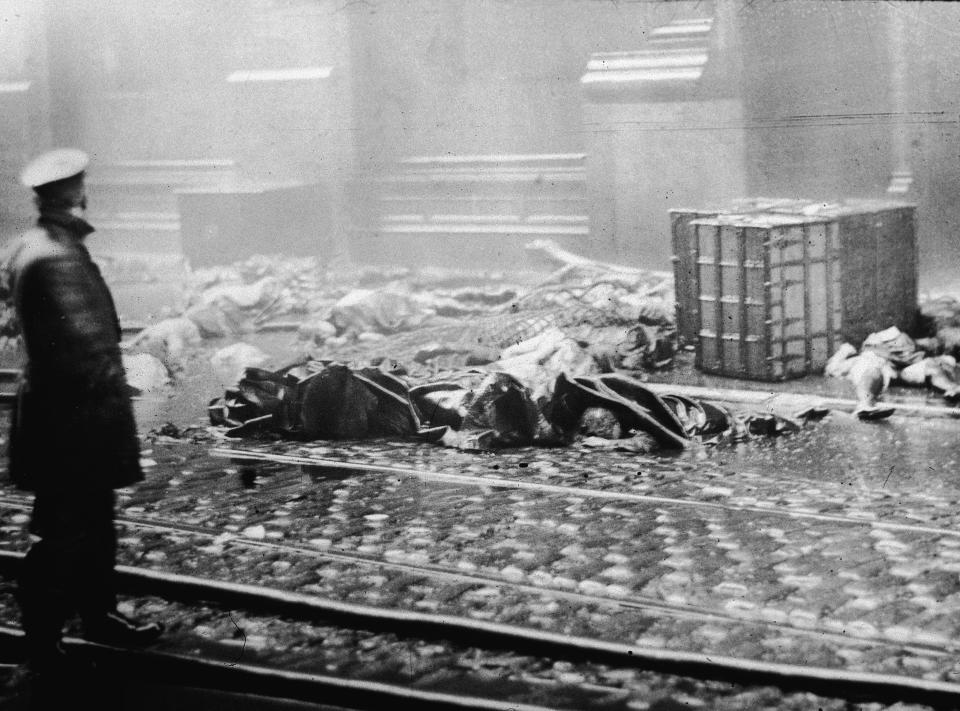
On March 25, the owners' disregard for workplace safety came to a head when a fire broke out and quickly spread across all three floors of the factory, killing 146 of the approximately 500 workers in a matter of minutes.
It is still not known, to this day, what caused the fire, although it is believed possibly to have been from an improperly discarded cigarette, notes the Encyclopedia Britannica.
Firefighters who arrived at the scene found that the doors to the factory were locked and did not open outward — making it impossible for them to open the doors amid the crush of people trying to escape.
ON THIS DAY IN HISTORY, FEBRUARY 26, 1993, WORLD TRADE CENTER BOMBED IN HORRIFIC ATTACK
Additionally, the ladders on the firetruck did not reach past the sixth floor — making a rescue impossible.
Many workers jumped to their deaths to escape the flames, while the nets used by the firefighters were not strong enough to catch them.
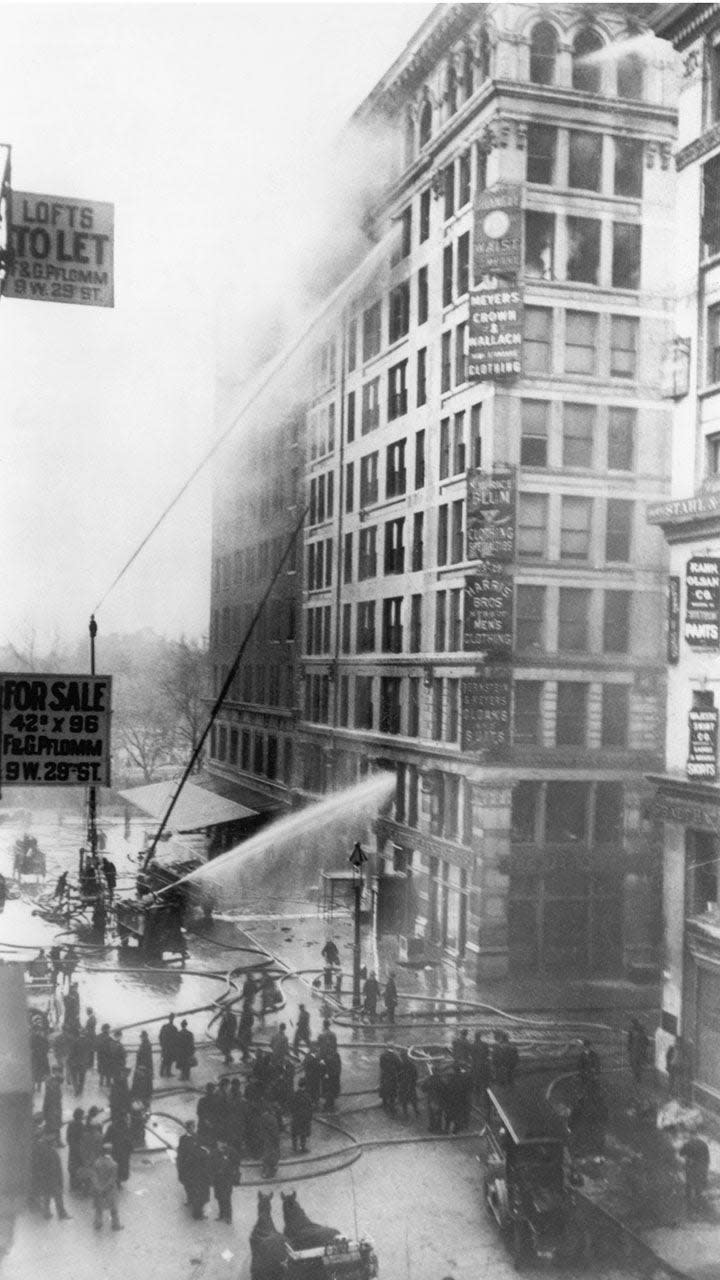
The fire remained the deadliest workplace incident in New York City until the Sept. 11 terrorist attacks in 2001.
In December 1911, Blanck and Harris were both tried — and acquitted — of charges of manslaughter. It could not be proven that either man was aware that the door to the factory had been locked.
On March 11, 1914, nearly three years after the fire, the owner of the Asch Building settled 23 individual civil suits from the families of those who had died in the fire, according to the website Famous-Trials.com.
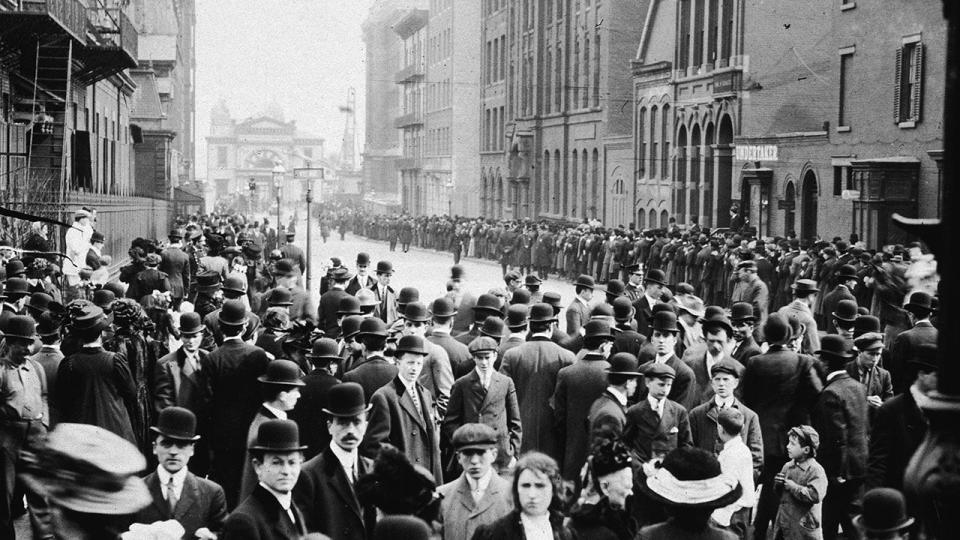
The settlements averaged about $75 for each person killed.
The deaths of the 146 were not in vain, however; the Triangle fire ushered in a series of new worker protection reforms, laws and policies.
Frances Perkins, who became Secretary of Labor in 1933 under President Franklin D. Roosevelt and served as the first female cabinet secretary, witnessed the fire and aftermath firsthand.
The devastation made her realize that "something must be done. We've got to turn this into some kind of victory, some kind of constructive action," said the Department of Labor's website.
CLICK HERE TO SIGN UP FOR OUR LIFESTYLE NEWSLETTER
"Perkins and other leaders with direct experience of the Triangle fire, like New York Gov. Al Smith, soon helped marshal new workplace safety standards into law in the State of New York, setting an example for the rest of the country," said the Department of Labor.
For more Lifestyle articles, visit www.foxnews.com/lifestyle.
Original article source: On this day in history, March 25, 1911, a fire at the Triangle Shirtwaist Factory kills 146


